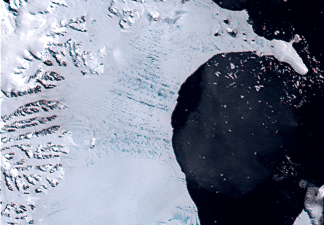Figure 1.7

Later period maps sometimes focused on the location of specific regions and seem to be greatly influenced by organized religion. Figure 1.8 is an example of map design that is based on the final destination of Noah's Ark.
New maps unlike old maps are often considered free from the influence of religion and social ideas. Modern cartographers are suppose to create maps that depict the world in a see-it-like-it-is manner. Do they? can modern cartography really escape the influence of government or the iconic impression of piety to culture. Figure 1.9 is one example of Germany's many propaganda maps. Throughout WWII Germany created many such maps in an attempt to scared the enemy and comfort German citizens. Cartographers in some cases are socially forced to contrive maps that misrepresent the truth as in the German example.
Figure 1.8

New maps and by new I mean maps that have been created in the last 20 years continue to suffer human ethnocentrism but to a different degree. Modern maps are very accessible in terms of production nearly anyone can create a map using computer mapping software. As a result the average map user must be weary about how information is presented or misrepresented. For example, the current president's fear based idea that claim that Iraq has numerous Weapons of Mass Destruction. Map after map was produced to support the claim. Figure 1.10 is one of dozens of propaganda maps created to secure public support for military invasion. Later reports indicate that there were no Weapon of Mass Destruction and that there probably never was. The use of maps have been an essential part of human life ways. As technology advances so do the complexities of maps and the ability to create caricature images that promote self-interest groups. The only weapon against such maliace deeds is to teach ourselves more about maps, their production, and intent.
Figure 1.9

Figure 1.10




